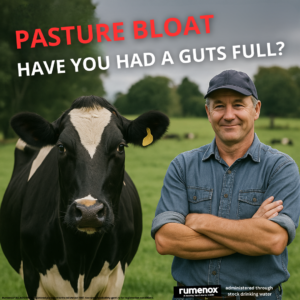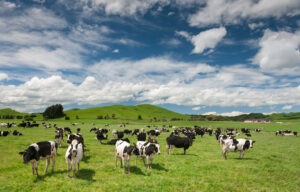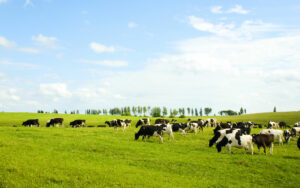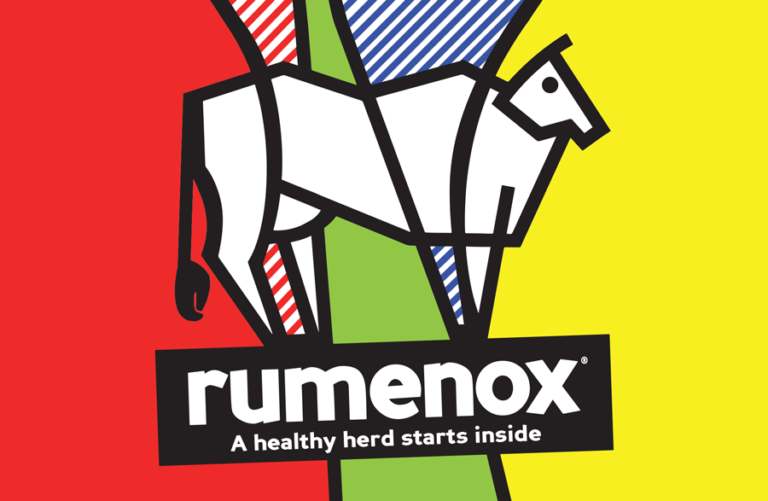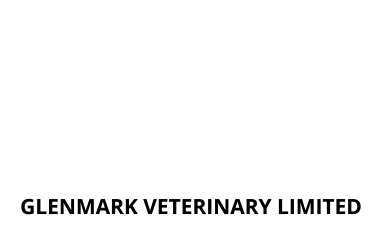You could argue that the ultimate for any dairy farmer is getting more cows in calf. A high in-calf rate leads to a boost in productivity and profitability, two things every farmer wants. Unfortunately, statistics show it’s easier said than done. The average 6-week in-calf rate on kiwi dairy farms is 67%, a double-digit lag behind an industry target of 78%. And how much is this costing the industry? A whopping $185 million. A key reason for our low in-calf rates is subclinical ketosis in dairy cows, a disease affecting 75% of our cows which many farmers have probably heard about but perhaps don’t fully understand.
What is ketosis?
Put simply, ketosis is an energy problem. When a cow isn’t getting enough energy from her usual diet, she is forced to start breaking down stored fat and converting it to energy instead. If a cow continues to break down fat faster than she can cope, a severe negative energy balance can result, leading to a slew of health-related issues including endometritis and low in-calf rates. While we know it’s normal for cows to lose some weight post-calving because of the mismatch between what the cow can physically eat and the feed supplied to meet its requirements, ketosis in cows takes this to the extreme.
Is subclinical ketosis different to clinical ketosis?
Sub-clinical ketosis is loosely defined as ketosis without clinical symptoms. This means cows may present without the tell-tale symptoms of poor overall condition while still being less fertile. This is why subclinical ketosis in cattle often flies under the radar even though it’s having a massive impact on the industry. A NZ study of subclinical ketosis revealed a decreased six week in-calf rate of 7%.
Symptoms & treatment
While subclinical ketosis may be harder to spot, some signs of ketosis in cattle include reduced appetite, loss of body condition, and lower milk yield. If you suspect ketosis, treatment would typically involve addressing energy intake, adjusting feed rations, and using rumen health tools like Rumenox®. Ketosis treatment in cattle should always be discussed with your vet or feed supplier.
A healthy herd starts on the inside.
Clearly, dairy farmers can’t afford to ignore ketosis in cattle, and there are increasing efforts to curb its prevalence. It’s a key reason products like Rumenox® are gaining widespread attention, particularly from vets and feed suppliers who see the impacts of ketosis in dairy cows daily. Rumenox® is an additive that helps a cow’s rumen function better, adjusting fermentation to a level more beneficial to the overall health of the cow. With rumen function in balance, cows are less likely to be affected by ketosis. In fact, Rumenox® is so adept at combatting ketosis, that it reduces the risk by 40%. The flow-on effect is more effective support for high in-calf rates.
The other good thing about Rumenox® is it comes in a unique dry granule formulation administered via in-line dispensers or oral drench, providing accurate, clean dosing with no mixing issues or blocked lines.
Take Action Against Ketosis
While ketosis is a threat to the industry, it can be identified and treated. If you think your herd is affected by ketosis in cows (or you want to make sure it’s not), give your local vet or feed supplier a call. They can talk to you about ketosis symptoms and treatment options like Rumenox®—the “holy grail” for maintaining higher in-calf rates and healthier herds.
